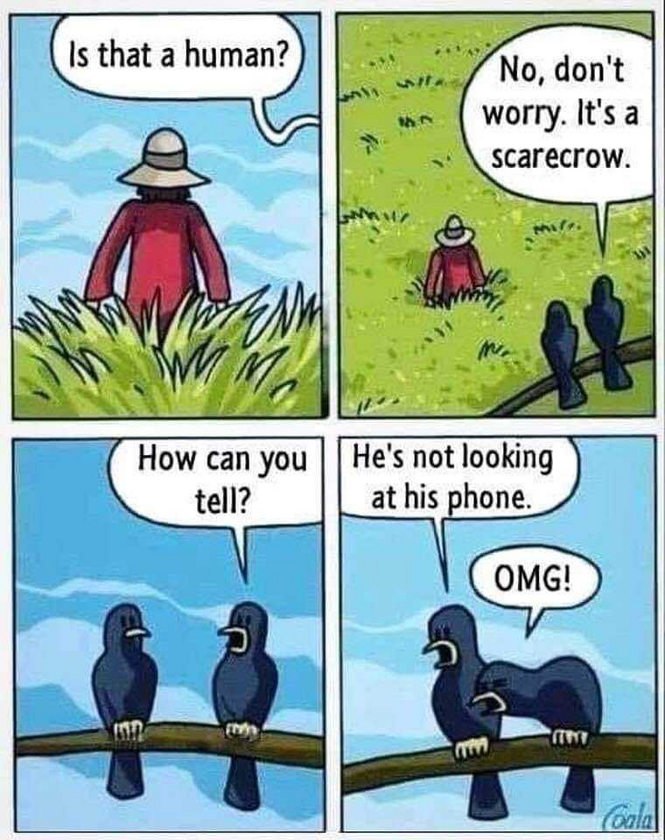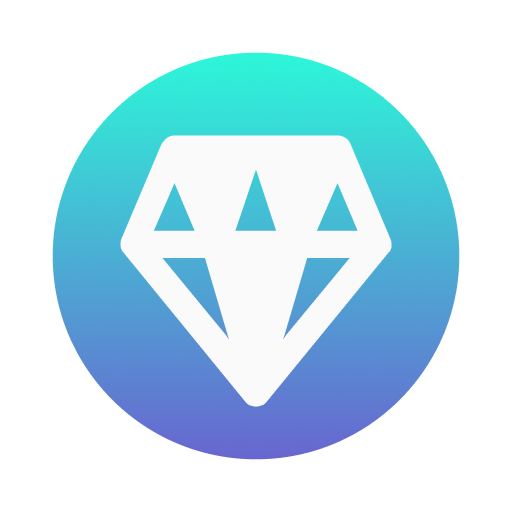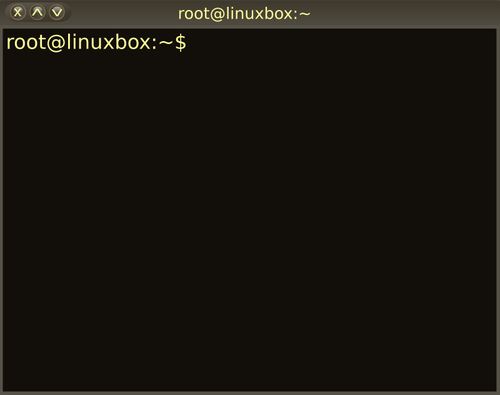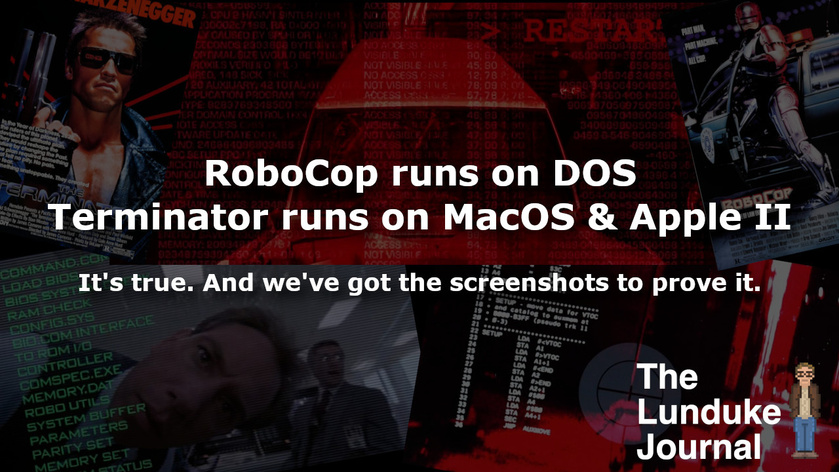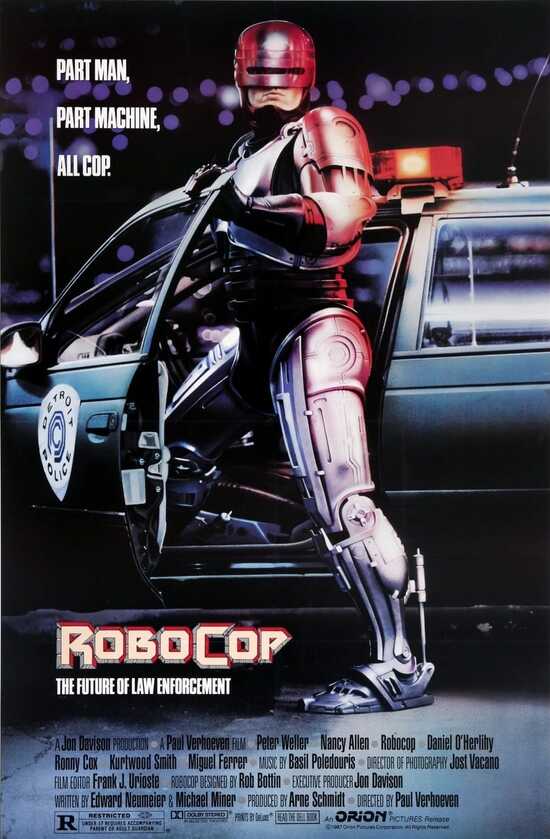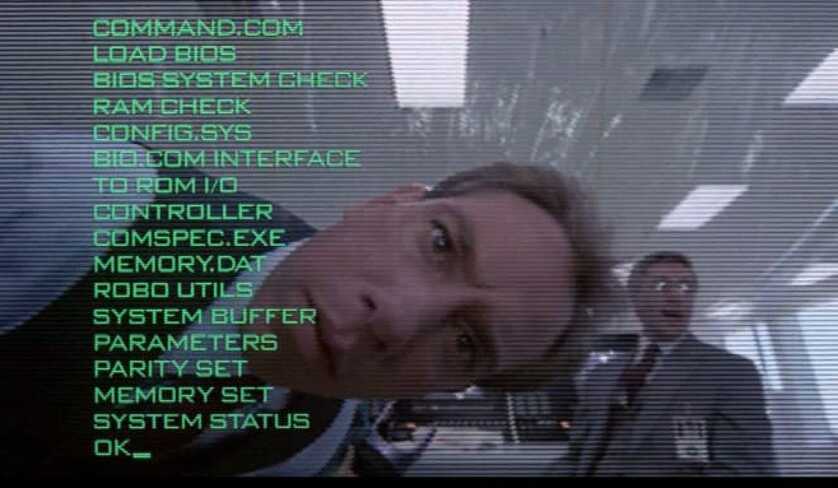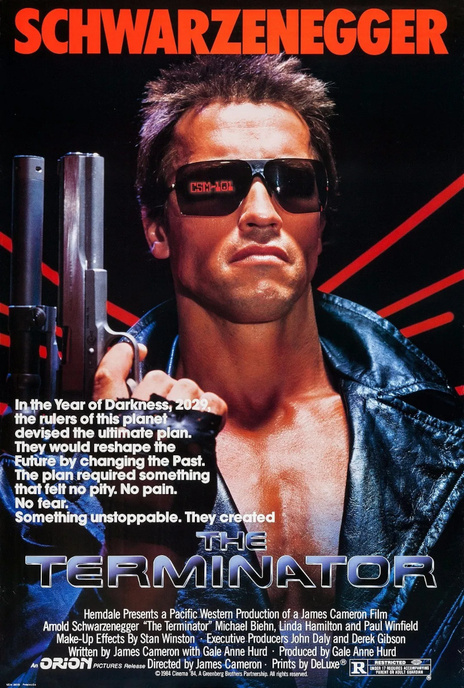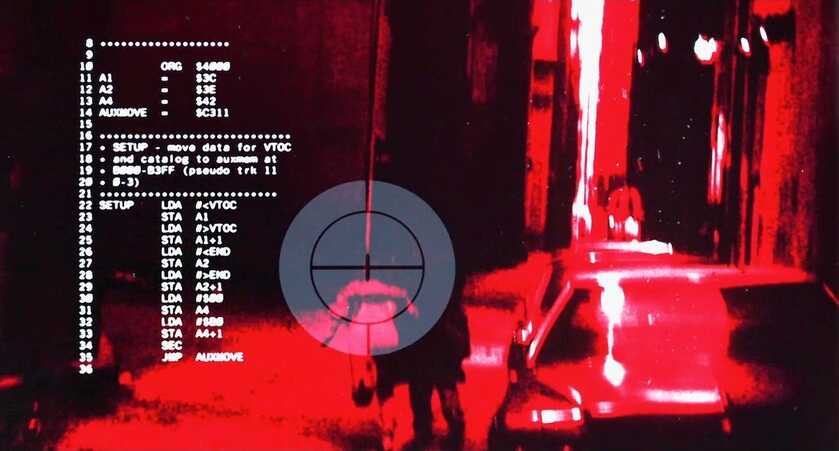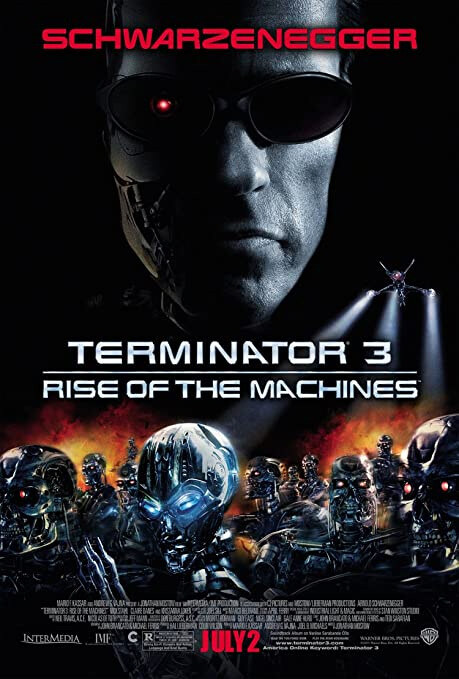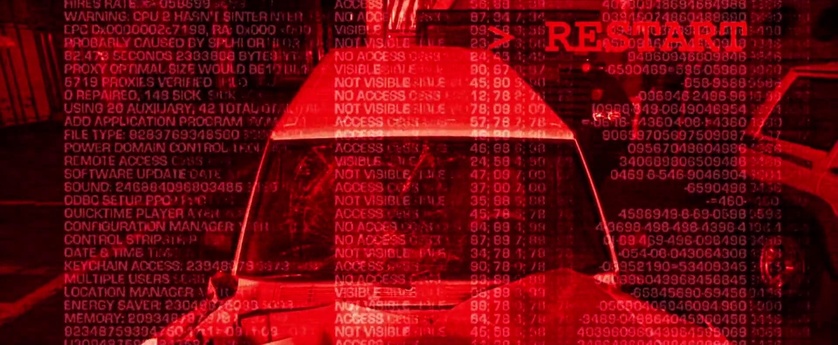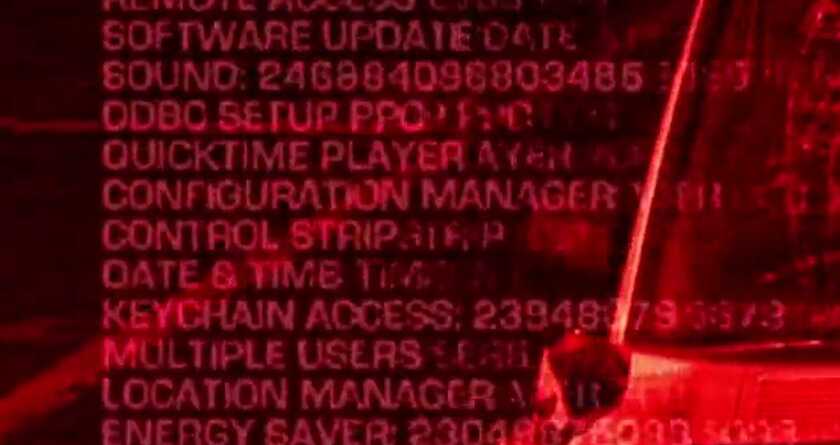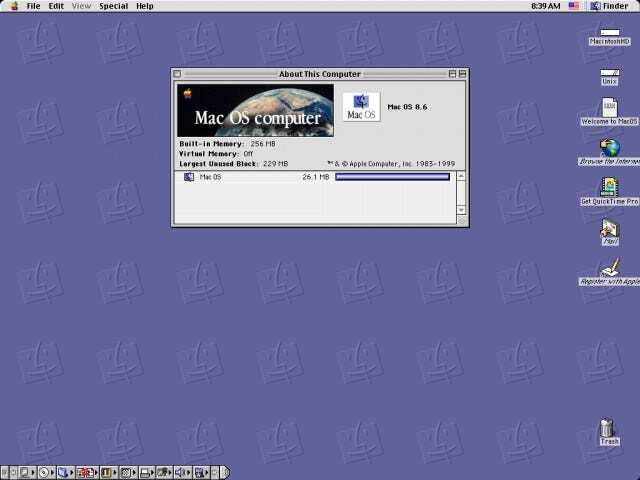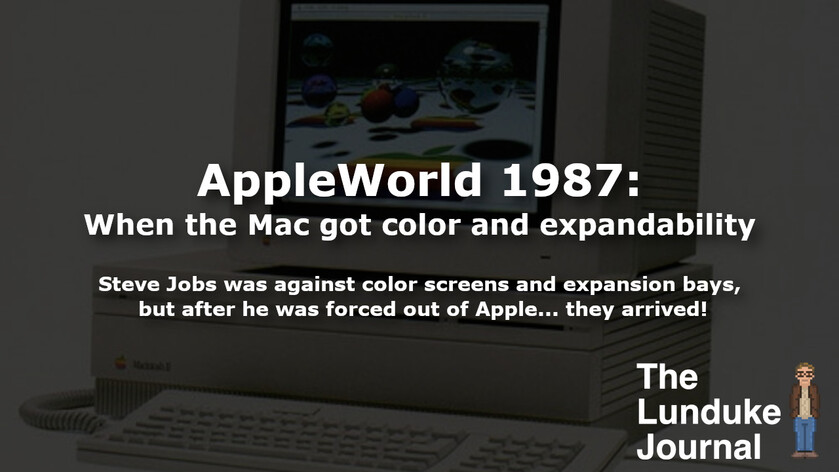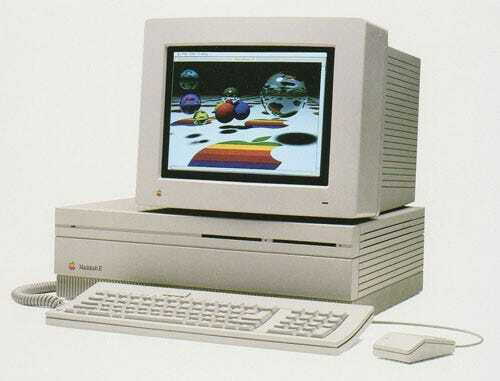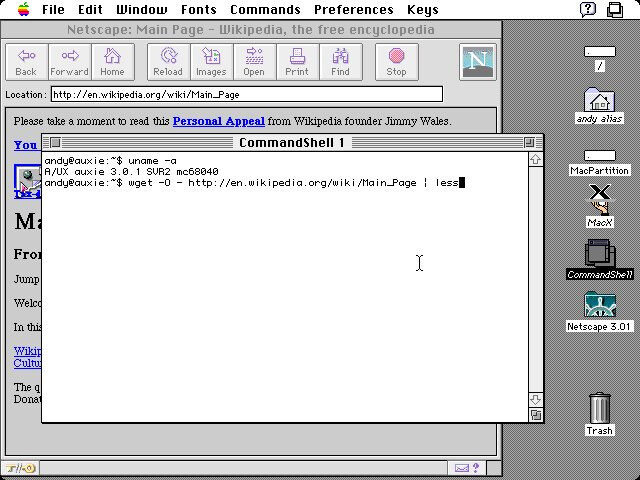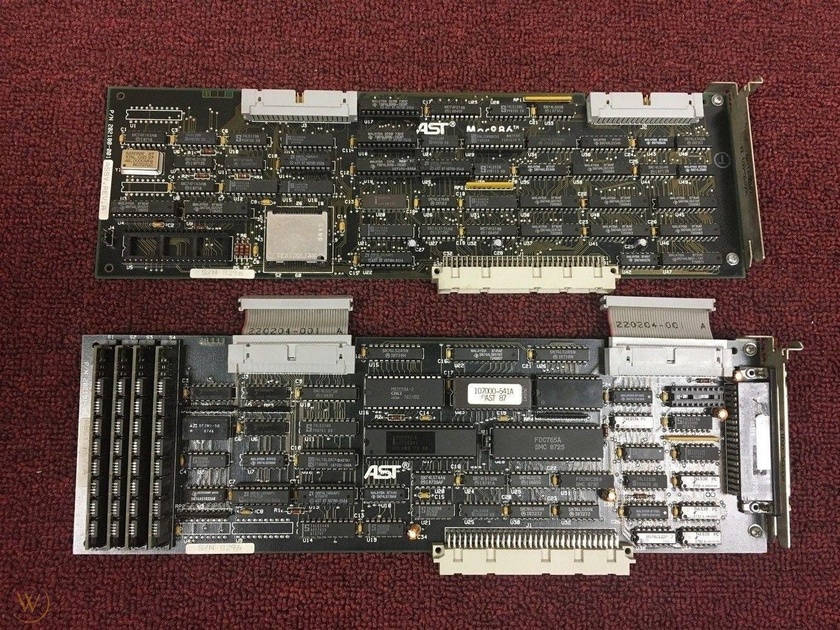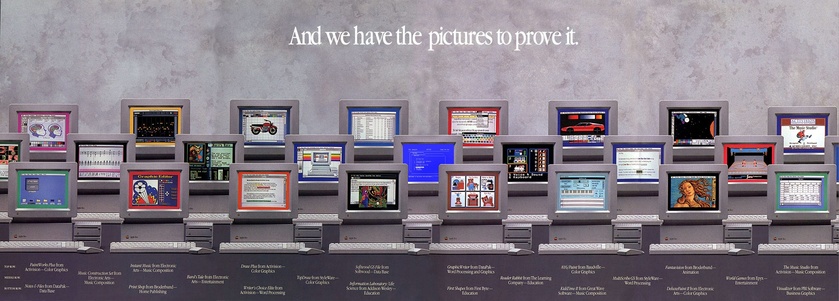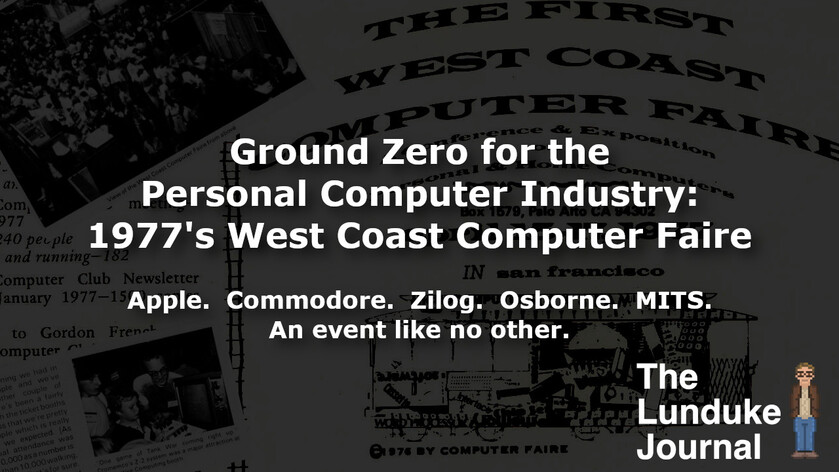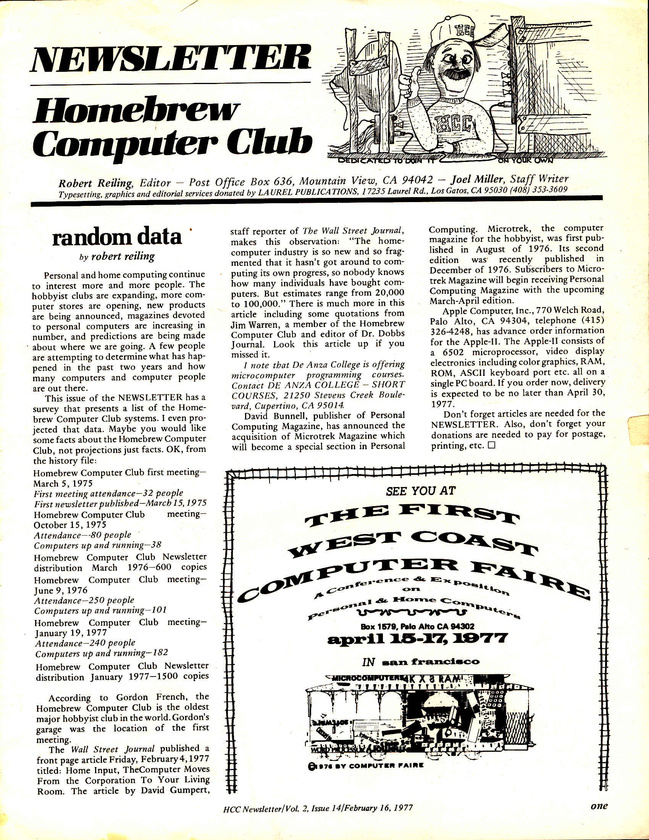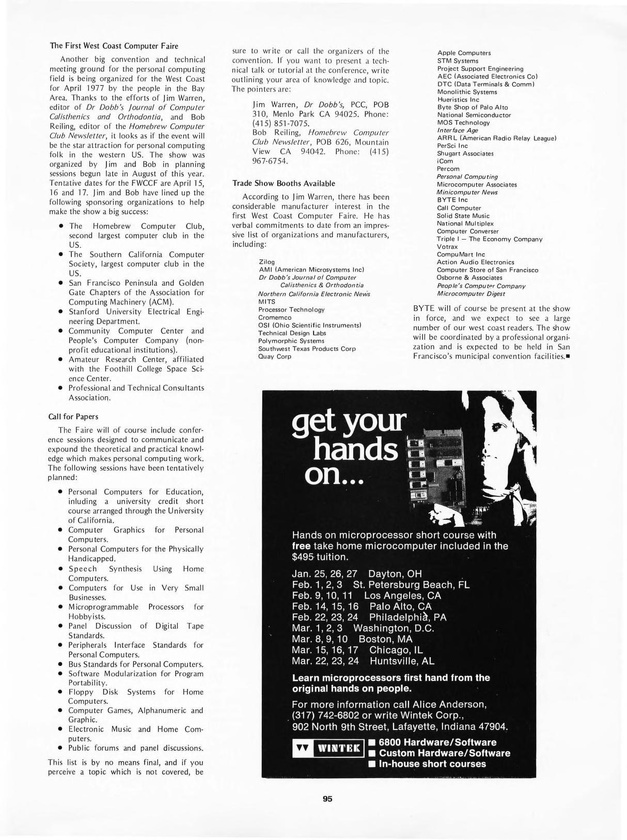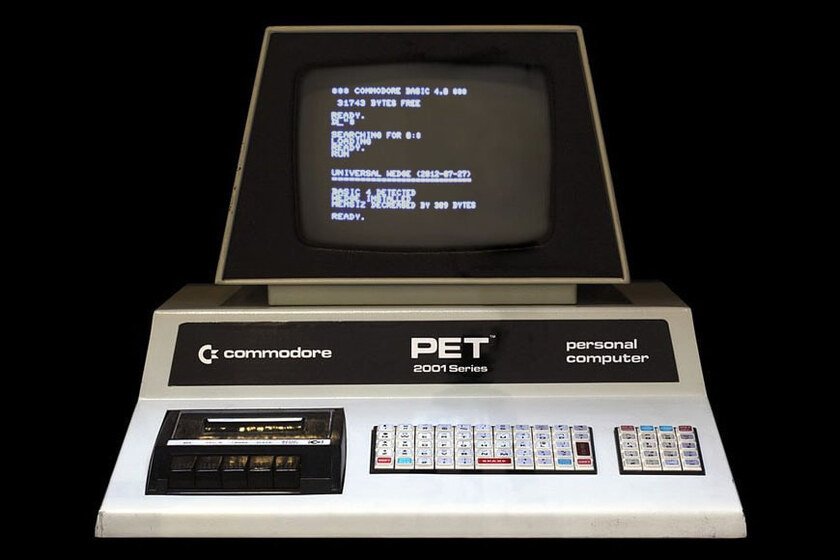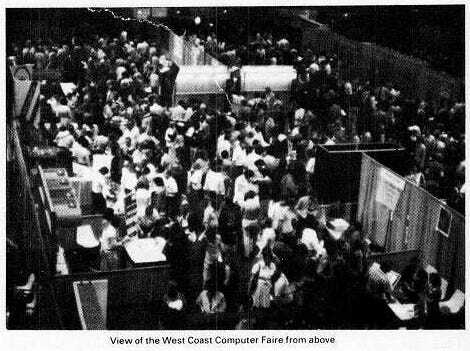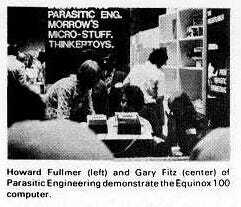Looking for some of the biggest articles and shows from The Lunduke Journal? Or Podcast feeds? Or contact info? Scroll down! So much goodness!
The Lunduke Journal of Technology
- The Main Site (on Locals): Lunduke.Locals.com
- [Subscriber Exclusive]: The Lunduke.Locals.com Content Index
- Looking to be a whistleblower? Here's how to leak files and info to The Lunduke Journal anonymously.
Other Video Sites
The Lunduke Journal of Technology Podcast (free for all)
Other Places (tm) you can find The Lunduke Journal of Technology
- On LinkedIn
- Email: bryan at lunduke.com
Other Sections of The Lunduke Journal Community
- Nerdy Movies, TV, Comics, & Books: NerdyEntertainment.Locals.com
- Political Discussion: ConservativeNerds.Locals.com
Subscribing to & Supporting The Lunduke Journal
Want to support The Lunduke Journal and the work we do?
Want to grab a subscription... so you don't miss out on any exclusvies -- like the dozens of DRM-free PDF eBooks and PDF magazine issues, the exclusive videos & live streams, live chats, and more?
Bonus: At the bottom of this page you will find the invite link to the super-secret Lunduke Journal Discord Chat Server. This is only available for full subscribers, which makes it a nice place to hang out. No riff-raff.
Lunduke Journal Exclusive Articles
(You won't find these stories covered anywhere else.)
- Firefox Money: Investigating the bizarre finances of Mozilla
- The IBM / Red Hat Leaks
- The Wiki Piggy Bank - Wikimedia grows rich as Wikipedia donations are used for political causes
- Linux Foundation now spends only 2% of their revenue on Linux
- 70% of companies on the Linux Foundation Board are GPL violators
- GNOME Foundation hires "Professional Shaman" as new Executive Director
- The GNOME 5 Year plan: Diversity, Equity, Inclusion, & Nonexistent PowerPoint Slides
- Google Drive censors files of Pfizer whistleblower
- The Internet Archive's last-ditch effort to save itself
- MS-DOS 4.0 Source Code Fails to Compile
- Red Hat vs Hyprland: Silencing political "undesirables"
- Is the GNOME Foundation Going to Go Bankrupt in 1 Year?
Computer History Articles
- Microsoft's Biggest Product in 1980: the Z-80 SoftCard for the Apple II
- The (very real) history of :-)
- Myth: Bill Gates said "640k ought to be enough for anybody"
- The True History of vi (and vim)
- The History of the Graphical User Interface -- 1945 to 1980
- Who is the (real) first Computer Programmer?
- Myth: "HTML was invented by Tim Berners-Lee"
- Browsing the World Wide Web via E-Mail -- 1990's Style
- Wendin-DOS : The forgotten multi-tasking, multi-user DOS clone from the 1980s
- The story of the 1991 HP DOS Palmtop
- Quick and Dirty: The story of 86-DOS & MS-DOS
- Who really coined the term 'Open Source'?
- The Fork Bomb: What it is, how it works, and where it originated
- Aug 9, 1991: The First E-Mail... FROM SPACE
- Remembering MUD1 - The first multiplayer role playing game on the Internet
- The story of the first "computer bug"... is a pile of lies.
- The last programming project from Bill Gates: Microsoft BASIC for TRS-80 Model 100
- Traf-O-Data: The company before "Microsoft"
- W: The Window System before X... that nobody seems to remember
- The Unlikely Story of UTF-8: The Text Encoding of the Web
- The History of BSD - Part 1 (1974 - 1989)
- The History of the First Computer Shell
- Intel 8008: The wild tale of the first 8-Bit CPU
- The Story of Otrona -- The Colorado Computer Company of the early 1980s.
- Why is Firefox called Firefox?
- Who (really) created the "Byte"?
- The History of Ctrl-Alt-Delete
- The creator of UNIX built a Trojan Horse which let him log in to any UNIX machine
- The Definitive History of Screensavers: 1961 - 1990
- 1950s Sci-Fi Style Computers, Powered by a Z80, Built in Holland
"Linux Sucks" Shows (in order)
- 2009 - "Linux Sucks"
- 2011 - "Linux Sucks"
- 2012 - "Linux Sucks (as usual)"
- 2012 - "Linux Does Not Suck (not even a little)"
- 2013 - "Linux Sucks"
- 2013 - "Linux Doesn't Suck"
- 2014 - "Linux Sucks"
- 2015 - "Windows is AWESOME"
- 2016 - "Linux Sucks"
- 2016 - "Linux Sucks: The Commentary Track"
- 2017 - "Linux Sucks... for the last time"
- 2018 - "Linux Sucks. Forever."
- 2019 - "Linux Sucks: The Lost Recordings"
- 2020 - "Linux Sucks"
- 2021 - "Linux Sucks: The End of Linux is Nigh"
- 2022 - "Linux Sucks: This time it's personal."
- 2023 - "macOS Sucks"
- 2024 - "This is going to suck more than anything has sucked before."
Other Big Shows
- The Complete History of Linux (abridged)
- programmers_are_evil()
- They're Watching You
- Awesome Masculinity, Computers, & You
- The Internet of Things is Going to Destroy Us All
